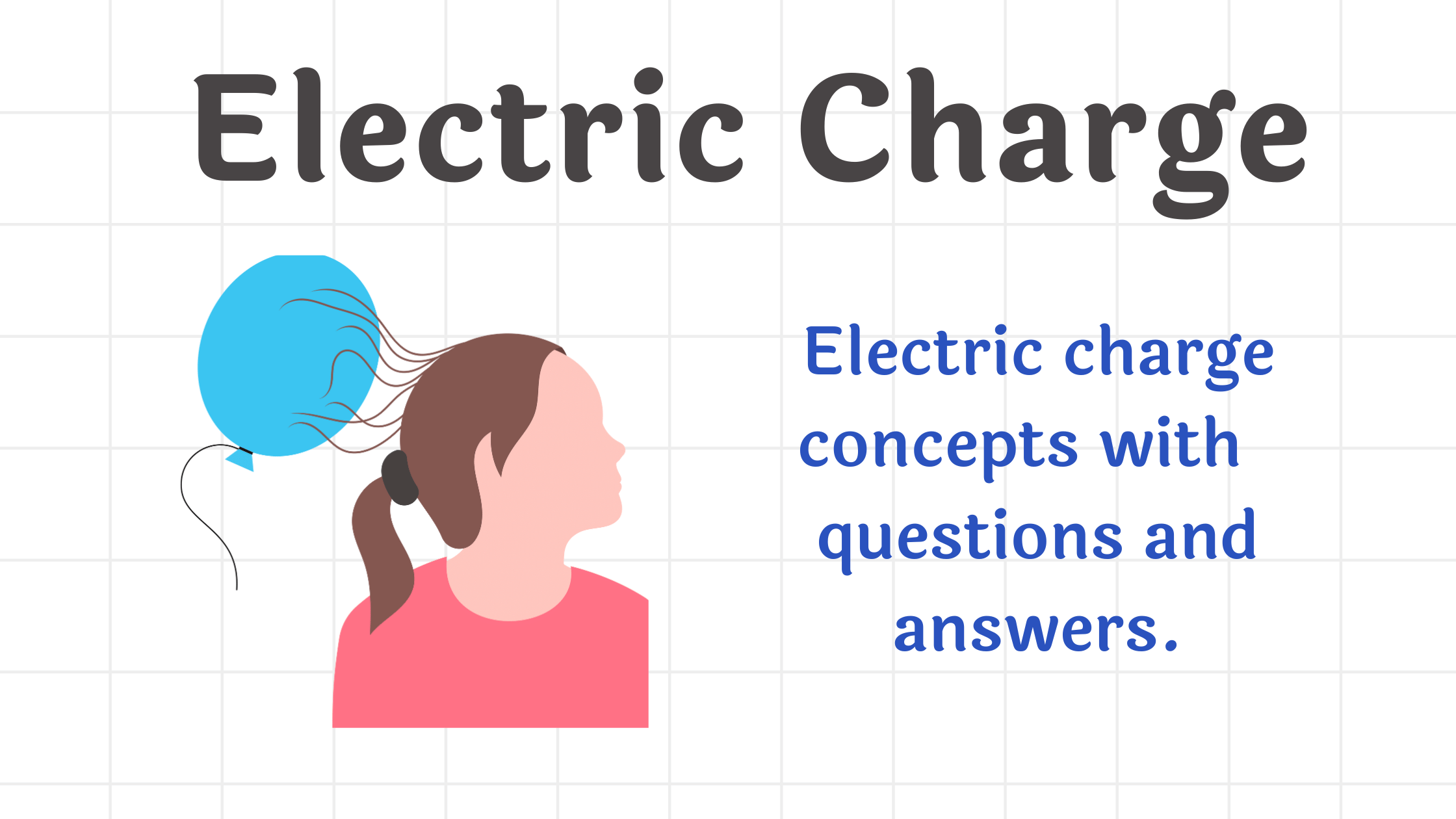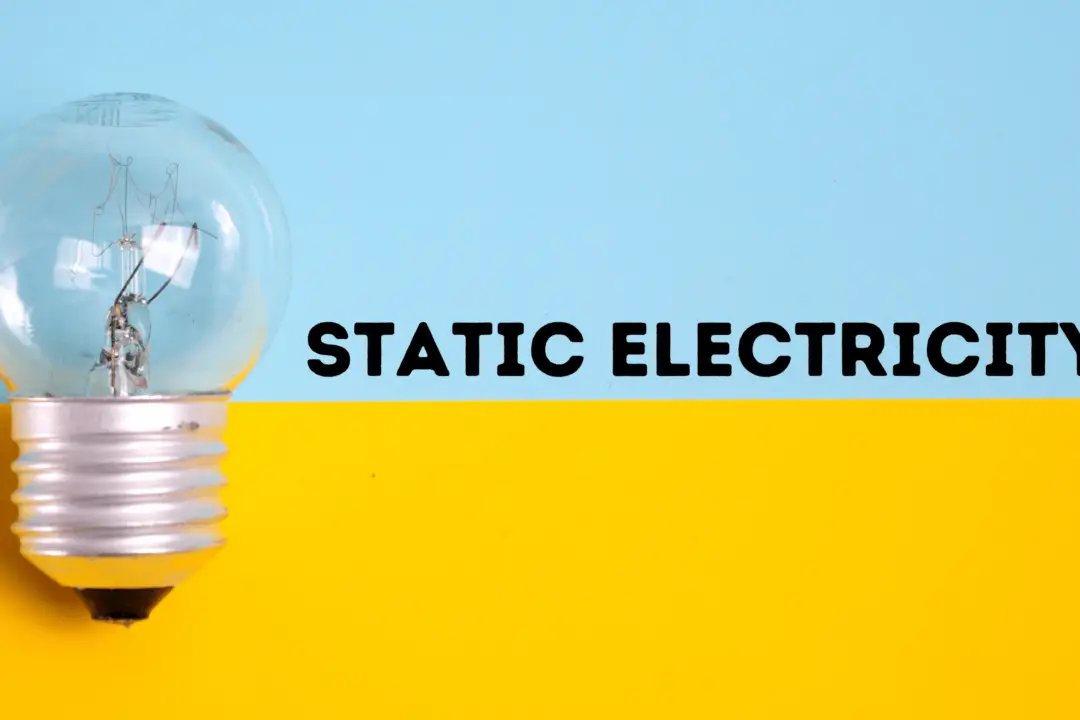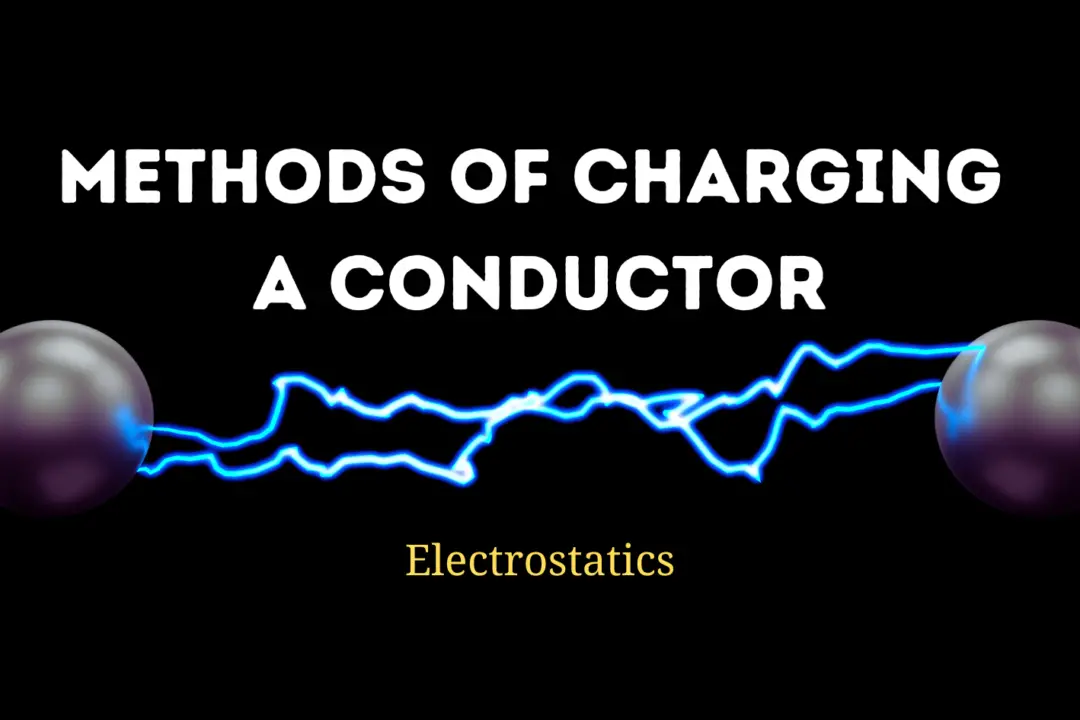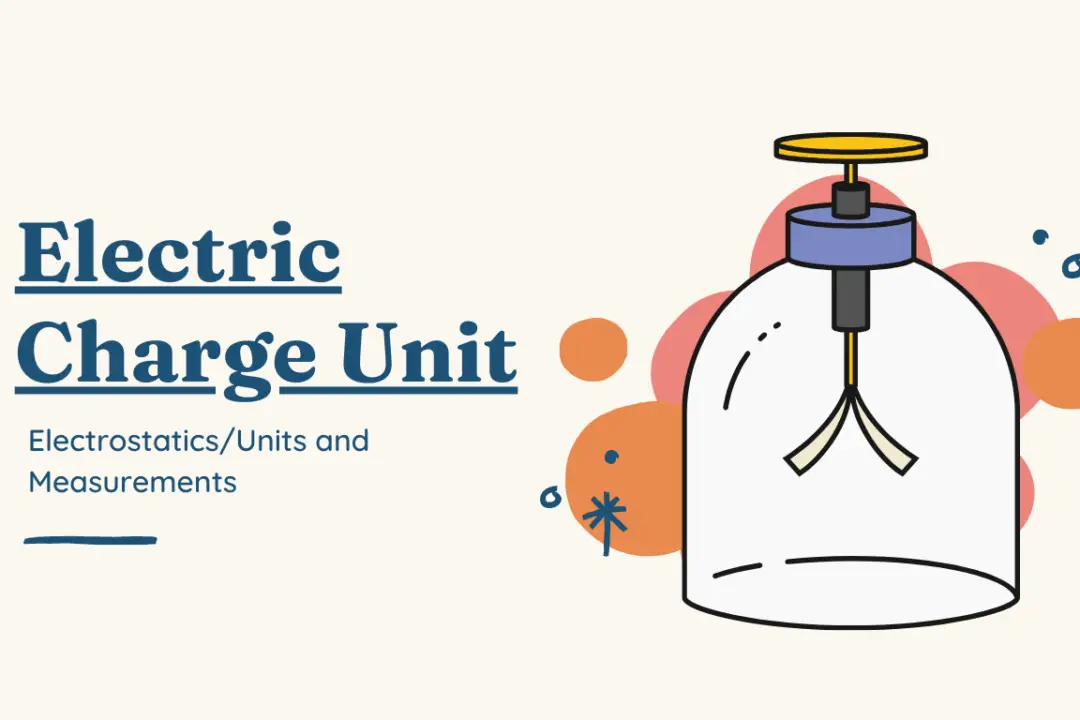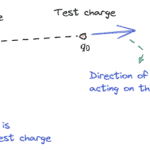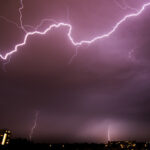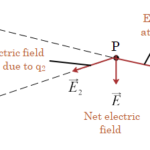In this article learn about electrical or electric charge concepts with the help of some questions and answers.
Diverse phenomenons known in nature are based on four fundamental interactions among particles and they are
- Strong interactions
- Weak interactions
- Electromagnetic interactions
- Gravitational interactions
Each of these types of interactions is associated with certain characteristics of particles. Gravitational interactions depend on the mass of particles and EM interactions depend on electric charges.
What is the concept of charge?
Electric charge like mass is a fundamental property associated with elementary particles like electrons, protons, neutrons, etc. We can say that electric charge is the physical property of matter because of which it experiences a force when it is placed in an electromagnetic field.
The electric charge of a particle is one of its basic characteristics.
According to William Gilbert,
The charge is something possessed by material objects that make it possible for them to exert electrical forces and to respond to electrical force.
What are the basic properties of charge?
The electric or electrostatic charge has the following fundamental properties
- Electric charge exists in two forms it can be positive or negative. So there are two types of charges
1. Positive charge
2. Negative Charge - The algebraic sum of charges in any electrically insulated system does not change. This statement is nothing but the law of conservation of electric charge
- Electric charge is a relativistic invariant. This means that is its magnitude does not depend on the reference system. In other words, we can say it does not depend on whether the charge moves or is fixed
What is the unit of electric charge?
The unit of electric charge is Coulomb’s often written as (C)
What is the origin of an electric charge?
It originates due to the transfer of electrons from one material to another. This transfer of electrons leaves atoms of matter with unequal numbers of electrons and protons. Transfer of electrons from one material to another takes place by rubbing two objects against each other. If there are fewer electrons in an object, then the object is positively charged. If there are more electrons, then the object is negatively charged.
Also read: electric forces between charges
What is a charge made of? or How is the electric charge produced?
Electric charges can not be produced or destroyed. We can, however, create or destroy particles that carry an electric charge. The total charge or net charge always remains conserved. As mentioned the earlier transfer of charge from one body to another results in that body becoming electrically charged (either positive or negative).
What are the 3 methods of charging?
The three methods of charging are
- Charging by rubbing: The simplest way to experience electric charge is to rub certain bodies among each other. Rubbing or friction makes electrons move. This gives one material a positive charge and the other a negative charge. (Learn more about charging by rubbing)
- Charging by induction: When a body is charged by induction then there is no transfer of electrons from one body to another. In charging by induction there is no physical contact between the charging body and the conductor being charged.
- Charging by conduction: When we bring two conductors, one charged and the other uncharged in contact, the same type of charge will appear on both conductors.
Electric Charge Quiz
Instructions for taking test
- Your test contains multiple-choice questions with only one answer type questions.
- This is not a timed test but try to finish the test in 10 minutes.
- You can finish this test any time using the ‘View Results’ button.
You can also enhance your concepts by reading about the flow of electric charges

